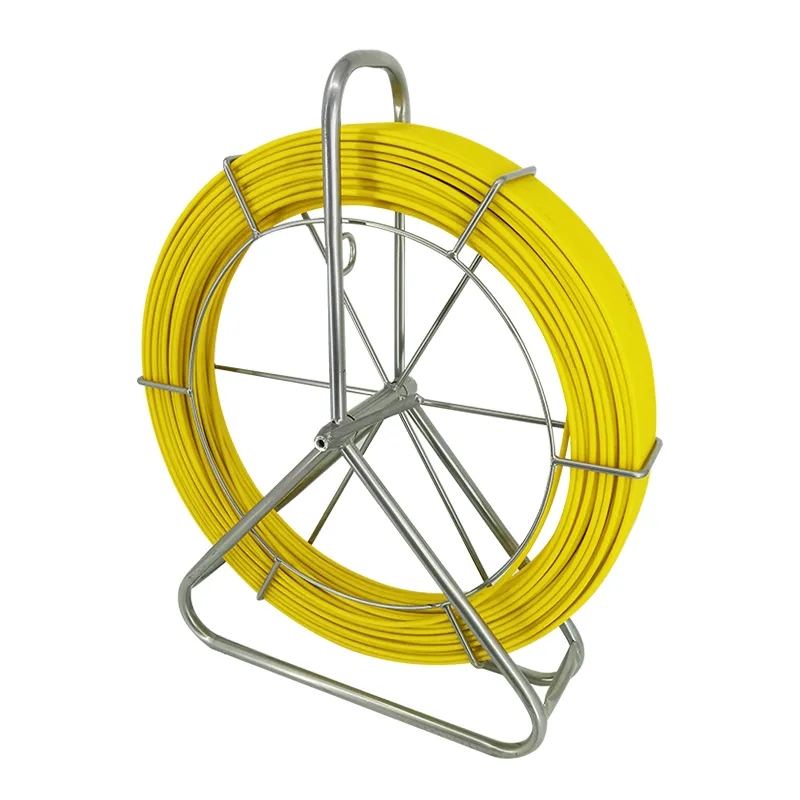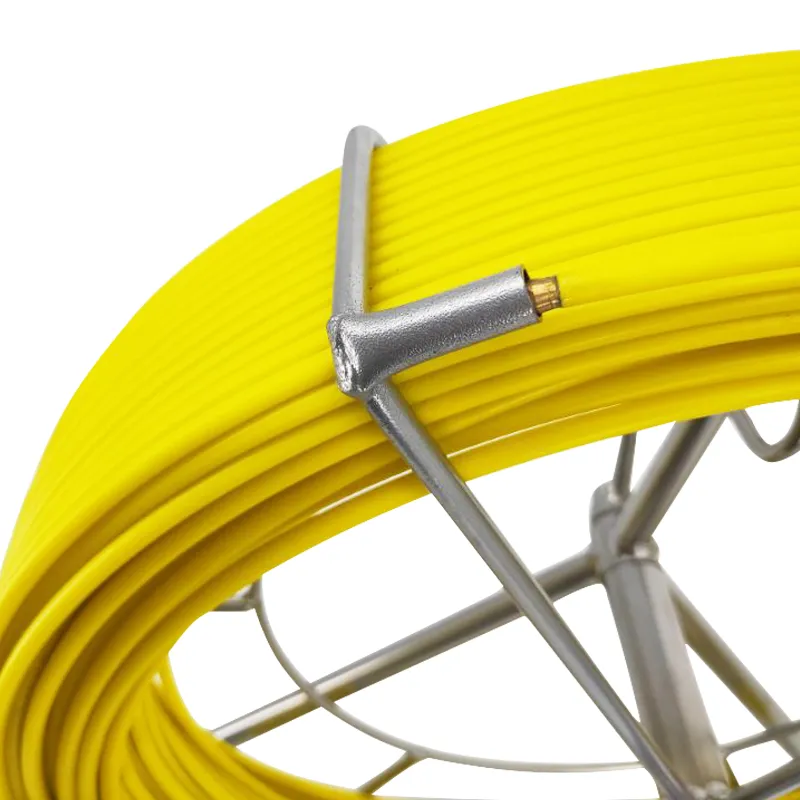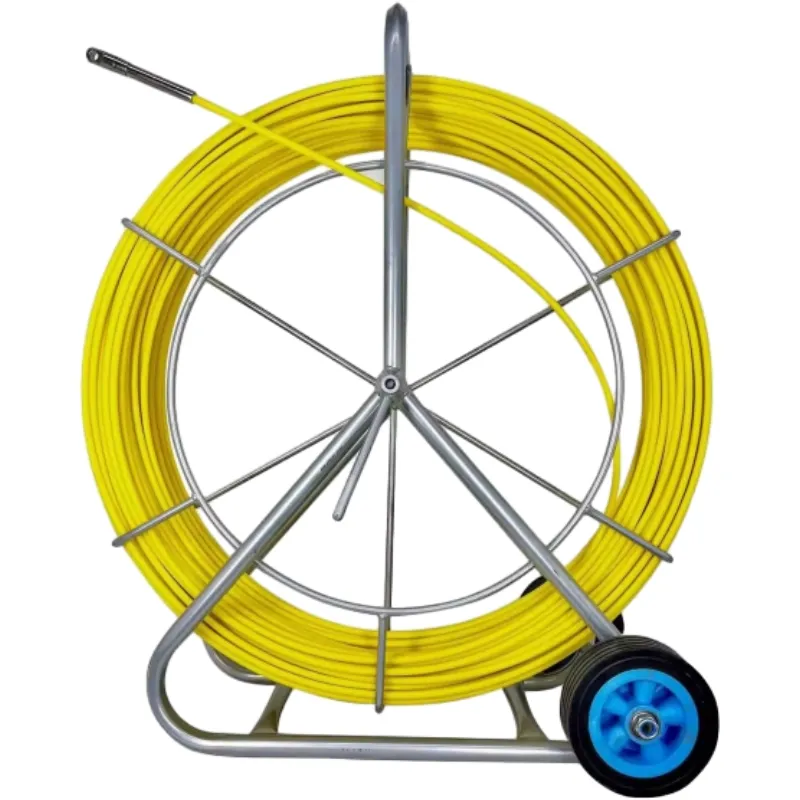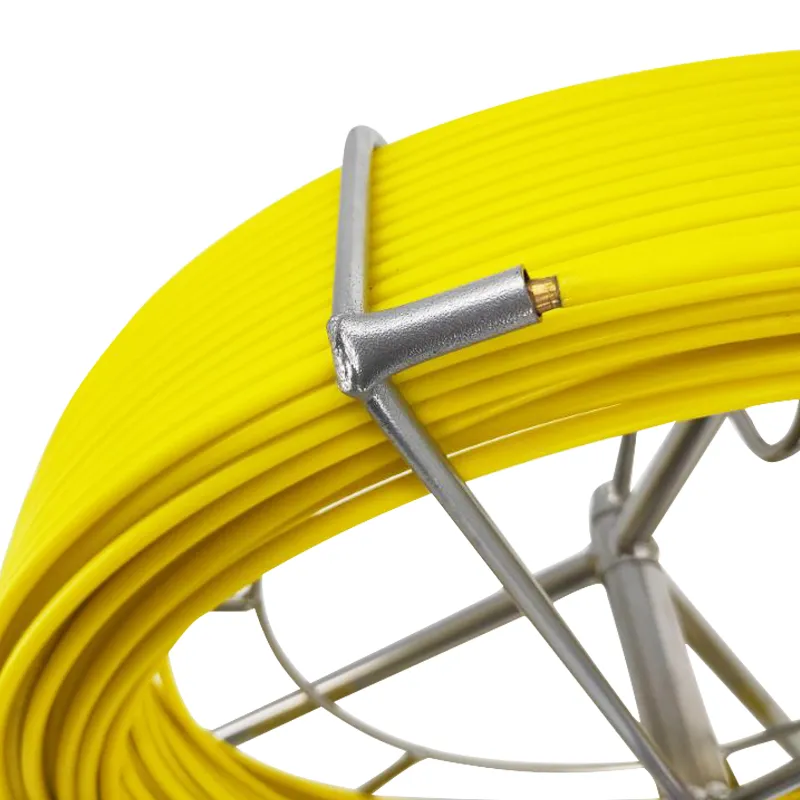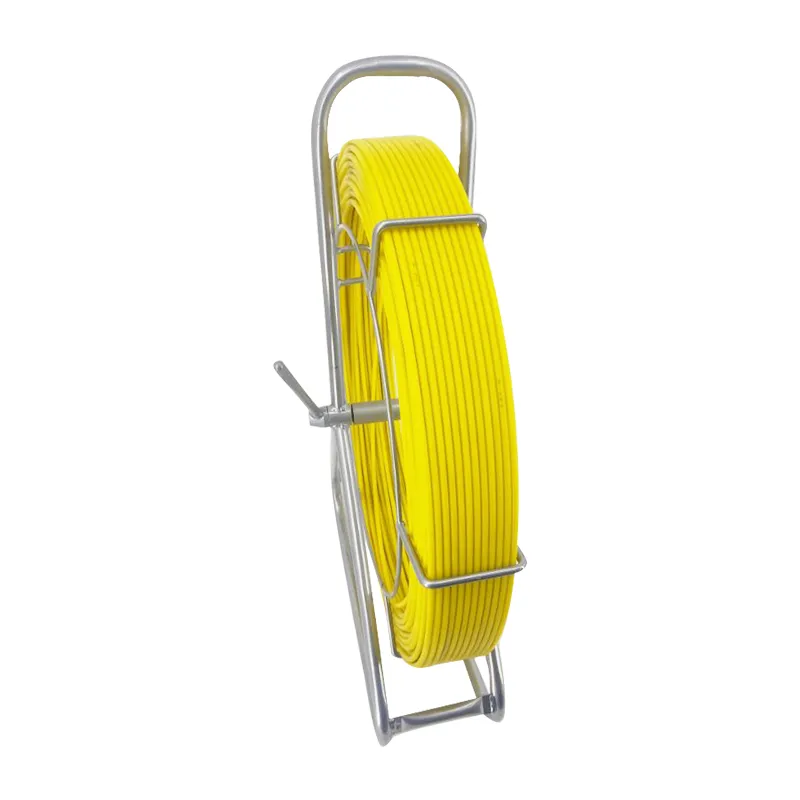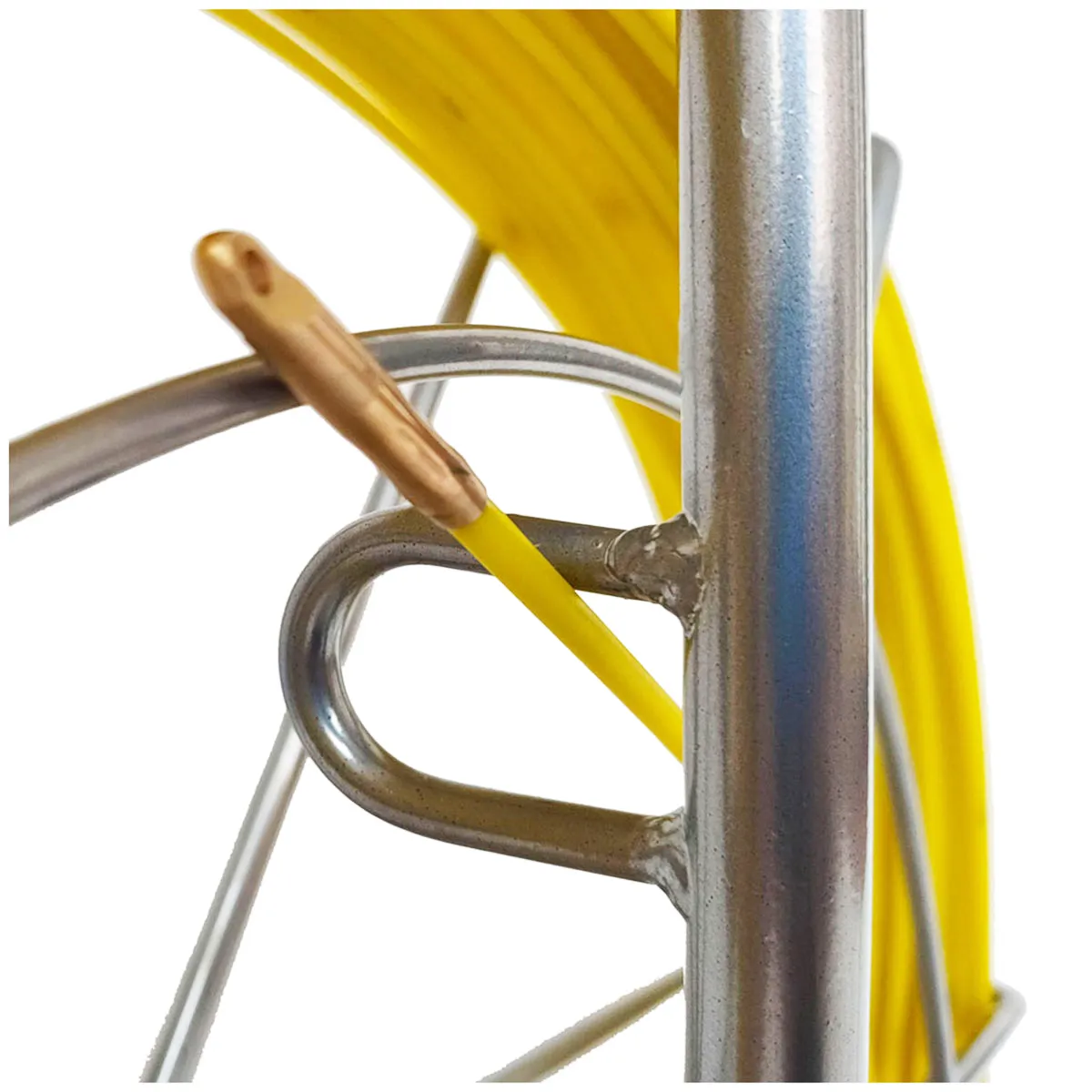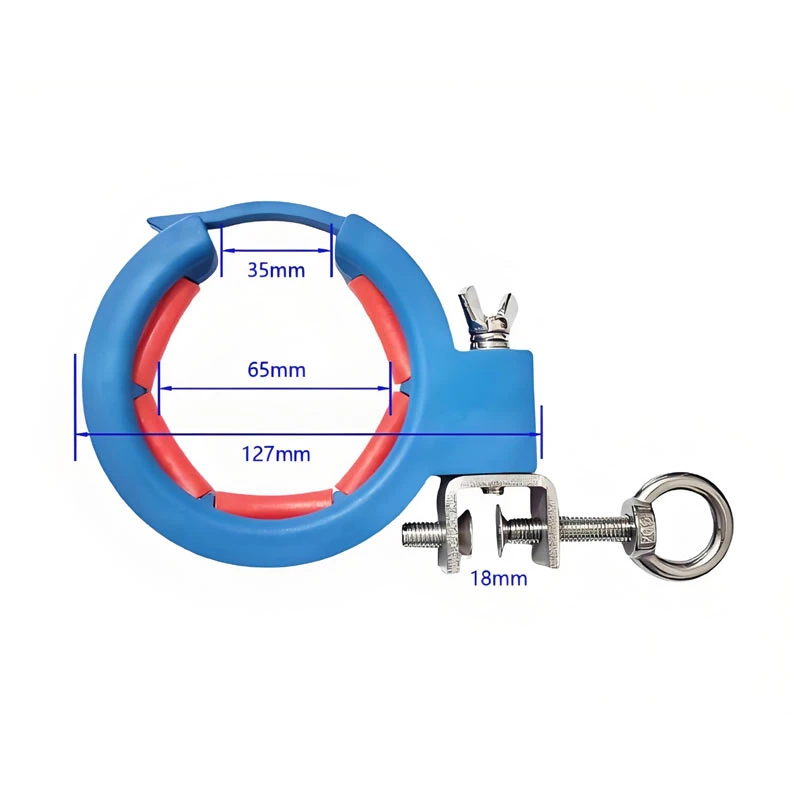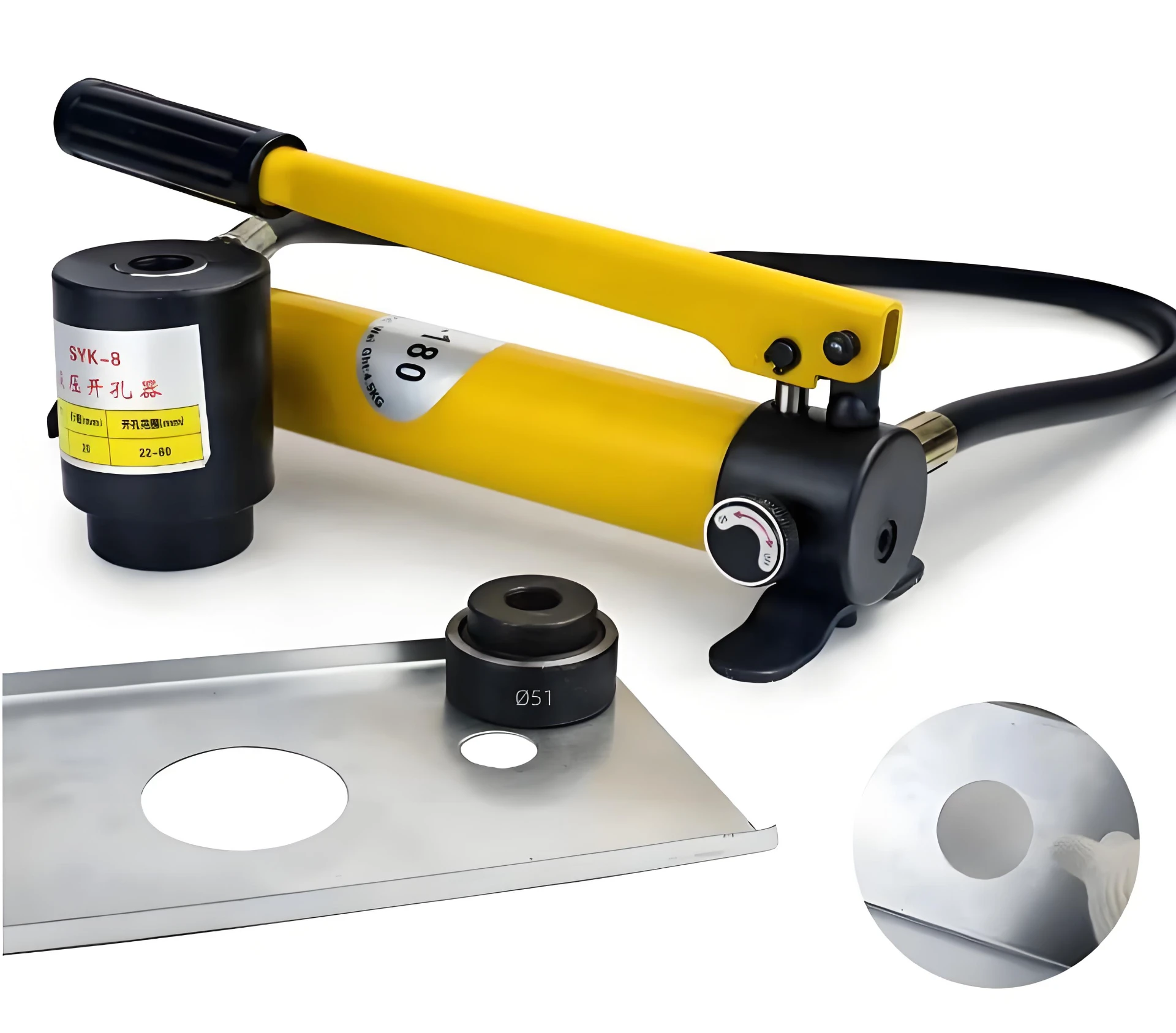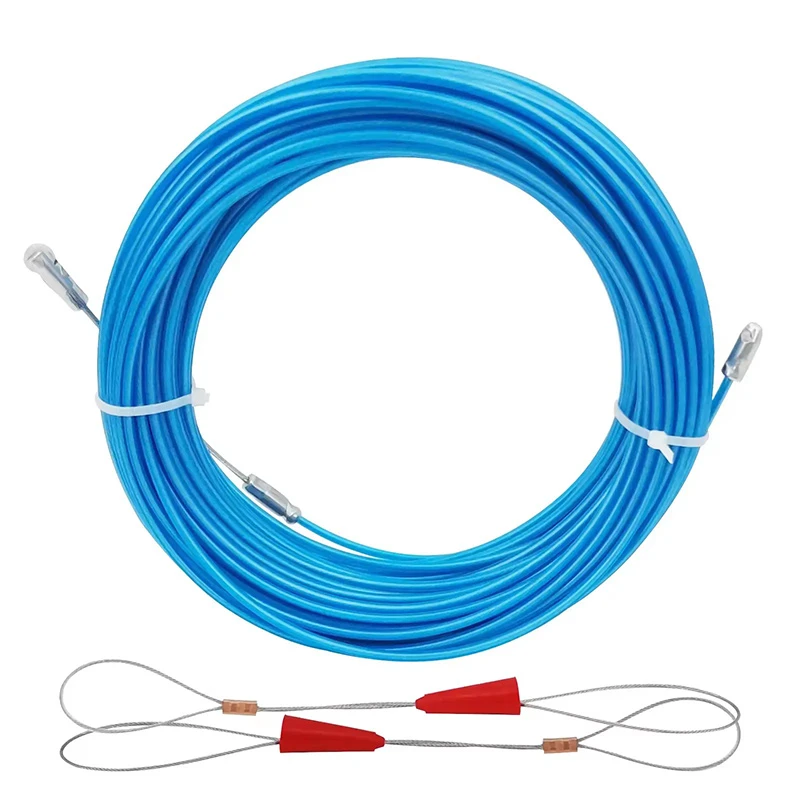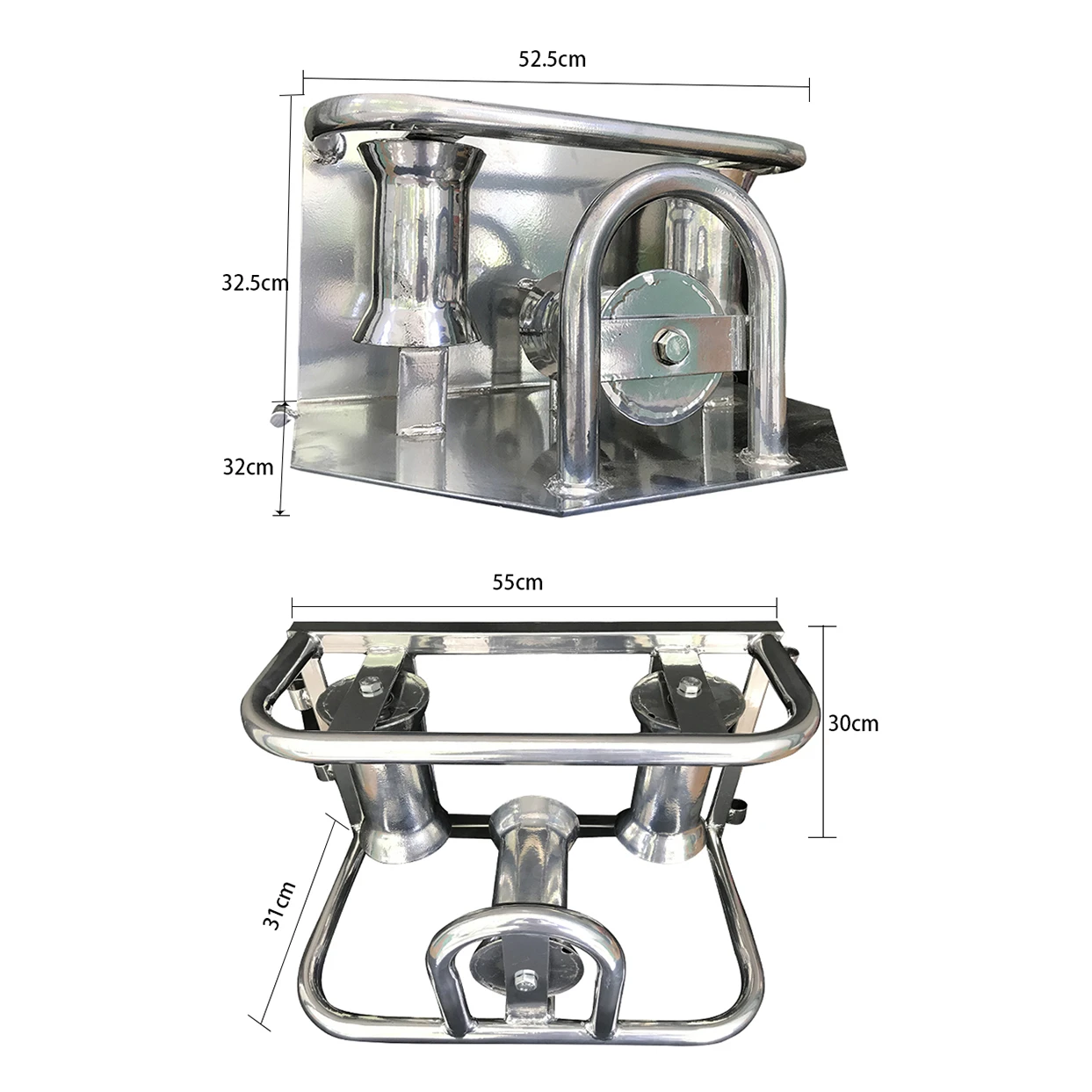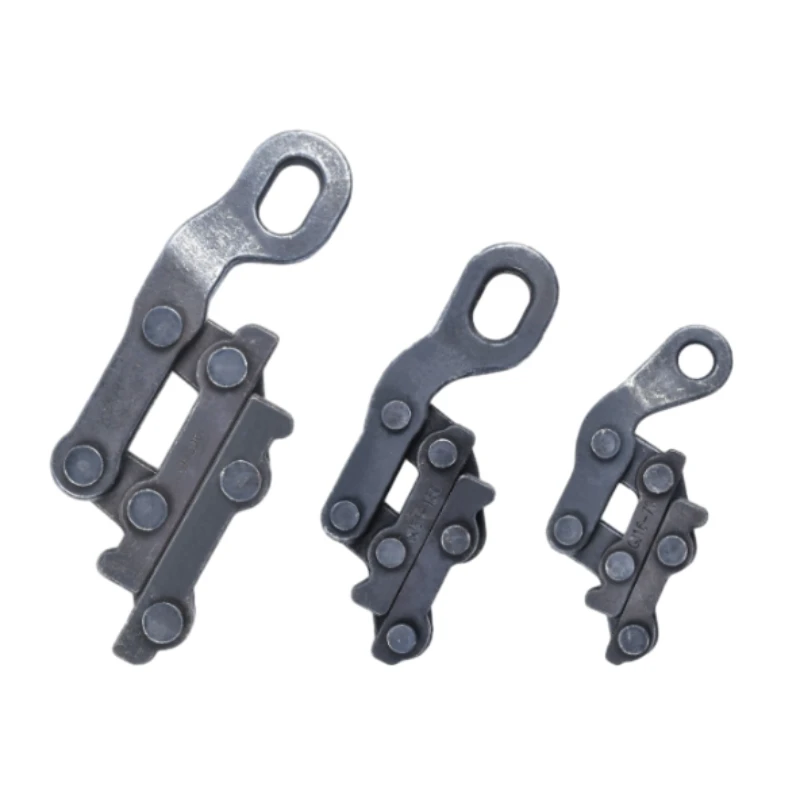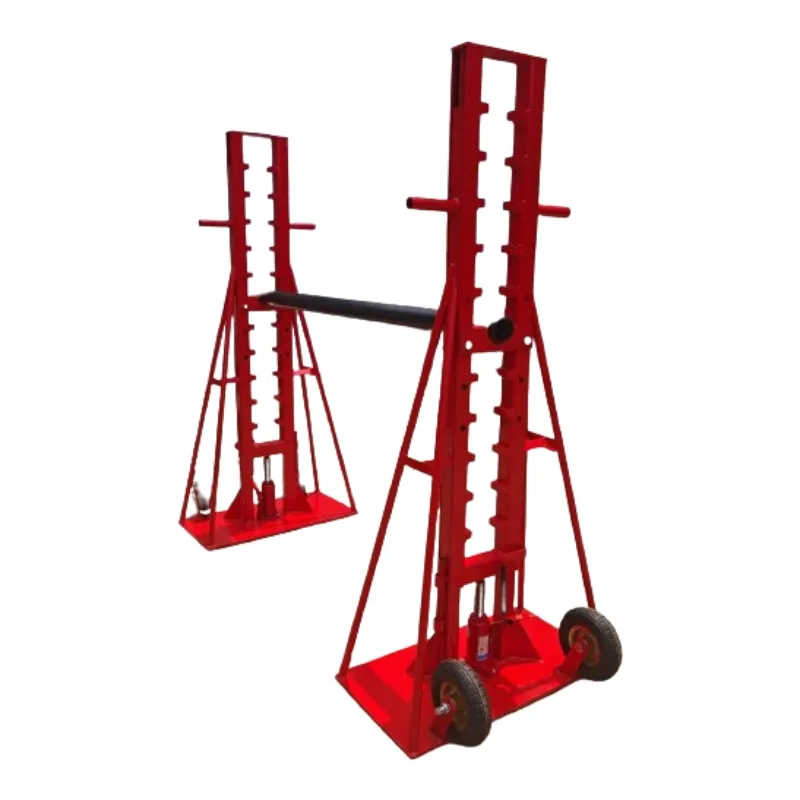 Χαρακτηριστικά
Χαρακτηριστικά
- Εσωτερική ράβδος από υαλοβάμβακα: Εξωθημένη διαδικασία από υαλοβάμβακα E και ρητίνη υψηλής ποιότητας σε υψηλή θερμοκρασία.
- Εξωτερική ράβδος από υαλοβάμβακα: ανεπτυγμένο πολυμερές
- Συναρμολόγηση: μεταλλικό πλαίσιο με ηλεκτροστατική βαφή· συναρμολόγηση ελαστικών τροχών για εύκολη μεταφορά· οδηγοί κυλίνδρων για περιστροφική σύζευξη· φρένο στάθμευσης για τον εύκαμπτο έλεγχο της ράβδου.
- Το εσωτερικό σύρμα χαλκού είναι προαιρετικό, το οποίο προορίζεται για εύκολη ανίχνευση ή άλλη επαγγελματική χρήση.
- Το κλουβί ρουλεμάν για κινητικότητα είναι ισχυρό και εύχρηστο.
- Η συσκευή τροφοδοσίας επιτρέπει την ομαλή είσοδο και έξοδο της ράβδου
- Ανθεκτικές στη σκουριά άκρες έλξης με ποικιλία αξεσουάρ.
 Προσδιορισμός
Προσδιορισμός
|
Ροντ Ντία. (mm) |
Weight (g/m²) |
Ακτίνα κάμψης (εκ.) |
Προτεινόμενο length(m) |
Προτεινόμενο μέγιστο duct Dia. (mm) |
Εσωτερικός πυρήνας Αυτός. (mm) |
Παραμόρφωση θραύσης/mm |
Μέγιστη κάμψη δύναμη (kn) |
Αντοχή σε εφελκυσμό (kn) |
|
4 |
19 |
5 |
80 |
50 |
3 |
6.9 |
0.21 |
|
|
4.5 |
22 |
5 |
80 |
50 |
3 |
|||
|
5 |
32 |
6 |
100 |
60 |
4 |
6.9 |
0.366 |
|
|
6 |
40 |
6 |
100 |
60 |
4 |
|||
|
7 |
66 |
10 |
150 |
80 |
6 |
7.0 |
0.825 |
350 |
|
8 |
77 |
10 |
200 |
80 |
6 |
|||
|
9 |
100 |
15 |
200 |
100 |
7 |
7.1 |
1.24 |
2000 |
|
10 |
125 |
18 |
250 |
200 |
8/8.5 |
7.1 |
1.68 |
2800 |
|
11 |
148 |
20 |
250 |
200 |
8.5 |
|||
|
12 |
165 |
20 |
300 |
200 |
8.5 |
|||
|
13 |
205 |
25 |
300 |
250 |
10 |
7.3 |
1.86 |
3000 |
|
14 |
225 |
25 |
300 |
250 |
10 |
|||
|
15 |
283 |
32 |
200 |
300 |
12 |
7.3 |
2.97 |
3500 |
|
16 |
305 |
32 |
200 |
300 |
12 |
|
Μεγέθη κλουβιών (cm) |
50x41x18 |
58x49x18 |
67x57x18 |
80*70*25 |
98x90x45 |
108x100x45 |
118*110*45 |
140*130*45 |
|
Ράβδος D. 4,5 χιλιοστά |
100 μέτρα |
150μ |
--- |
--- |
--- |
--- |
--- |
--- |
|
Ράβδος D. 6 mm |
--- |
100 μέτρα |
150μ |
--- |
--- |
--- |
--- |
--- |
|
Ράβδος D. 8 mm |
--- |
--- |
--- |
100 μέτρα |
200μ |
--- |
--- |
--- |
|
Ράβδος D. 9 mm |
--- |
--- |
--- |
--- |
150μ |
200μ |
--- |
--- |
|
Ράβδος D. 10 mm |
--- |
--- |
--- |
--- |
--- |
150μ |
350μ |
--- |
|
Ράβδος D. 11 mm |
--- |
--- |
--- |
--- |
--- |
--- |
300 μέτρα |
--- |
|
Ράβδος D. 12 mm |
--- |
--- |
--- |
--- |
--- |
--- |
300 μέτρα |
--- |
|
Ράβδος D. 13 mm |
--- |
--- |
--- |
--- |
--- |
--- |
250μ |
--- |
|
Ράβδος D. 14 mm |
--- |
--- |
--- |
--- |
--- |
--- |
200μ |
300 μέτρα |
|
Ράβδος D. 16 mm |
--- |
--- |
--- |
--- |
--- |
--- |
--- |
250μ |
|
Βάρος (κιλά) |
2 |
2.4 |
2.9 |
4.5 |
19 |
23 |
28 |
35 |
 Εμφάνιση προϊόντος
Εμφάνιση προϊόντος
Cable Pulling Equipment: Efficient Tools for Smooth Cable Installation
In modern infrastructure projects, efficient cable installation is crucial for maintaining productivity and minimizing downtime. Cable pulling equipment plays an essential role in helping electricians, telecommunication engineers, and utility workers lay cables quickly and safely through ducts, conduits, and underground systems. Among these tools, the Fiberglass Cable Duct Rodder stands out for its strength, flexibility, and reliability.
A fiberglass duct rodder consists of a solid fiberglass core with a high-tensile strength, coated with a smooth resin layer that reduces friction while pulling cables. The rod is housed on a sturdy steel or aluminum frame, making it easy to transport and operate on job sites. Its non-conductive nature also ensures user safety when working around electrical installations.
One of the main advantages of fiberglass rodders is their ability to navigate long or curved conduits where traditional pulling methods fail. They can push through bends and obstructions without kinking, allowing workers to pull cables over extended distances efficiently. This makes them ideal for power lines, data cables, and communication networks.
In addition, cable pulling equipment such as winches, pulling grips, and lubricants are often used together with fiberglass duct rodders to improve workflow and reduce cable damage. For professionals seeking durability, versatility, and safety in their cable installation projects, fiberglass cable duct rodders remain one of the most trusted solutions on the market.
Fiberglass Duct Rodder Applications: Reliable Solutions for Utility and Construction
The Fiberglass Duct Rodder has become a must-have tool for technicians working in utilities, telecommunications, and construction. Designed for tracing, locating, and pulling cables through conduits, this innovative equipment simplifies tasks that once required extensive manual labor. Its wide range of applications makes it indispensable for both small-scale maintenance and large infrastructure projects.
In the telecommunication industry, fiberglass duct rodders are used to install fiber optic cables through underground ducts or wall-mounted conduits. Their flexibility allows them to travel through narrow or curved pathways, ensuring that cables can be laid smoothly without damage. For electrical construction, they help guide power cables safely through protective piping systems, reducing the risk of short circuits and mechanical strain.
Utility companies also use fiberglass rodders for pipeline and sewer inspection, as they can carry cameras or detectors through pipelines to identify blockages or damages. In addition, their non-conductive fiberglass structure ensures safety when working around live circuits or metal structures.
Available in various lengths and diameters, fiberglass duct rodders can be customized for specific tasks. Whether it’s for underground cable pulling, conduit cleaning, or duct mapping, their durability and resistance to corrosion make them suitable for both indoor and outdoor use.
By combining flexibility, strength, and ease of operation, fiberglass duct rodders continue to deliver outstanding performance, making them a reliable partner in every modern utility and construction environment.




















































































































